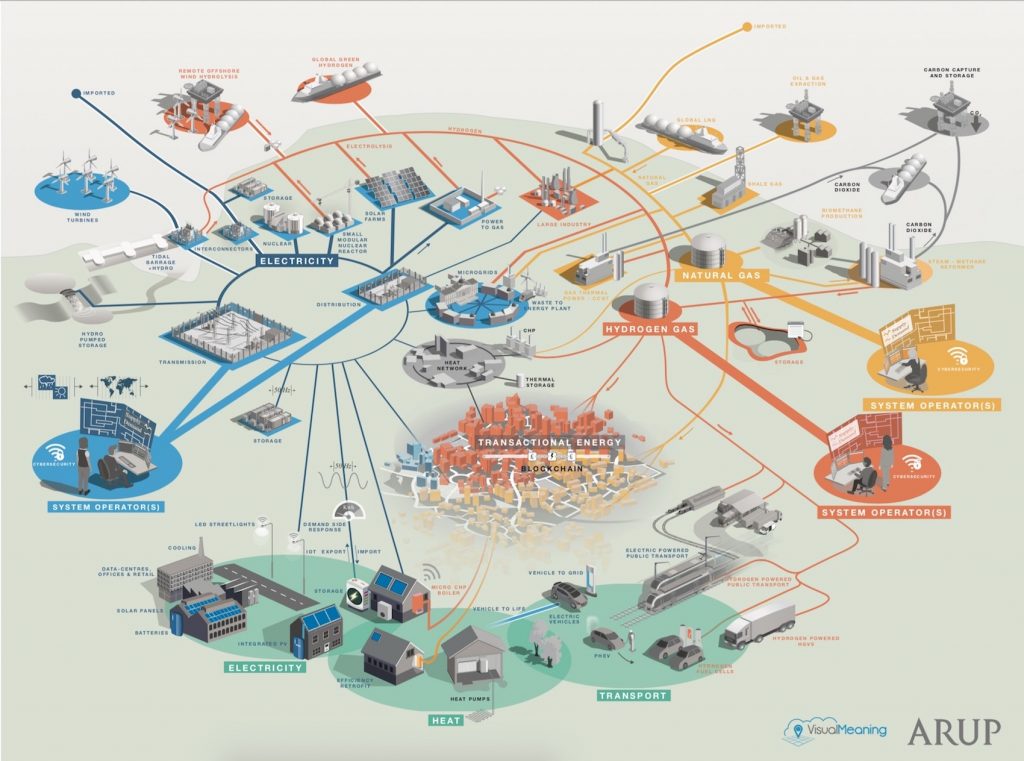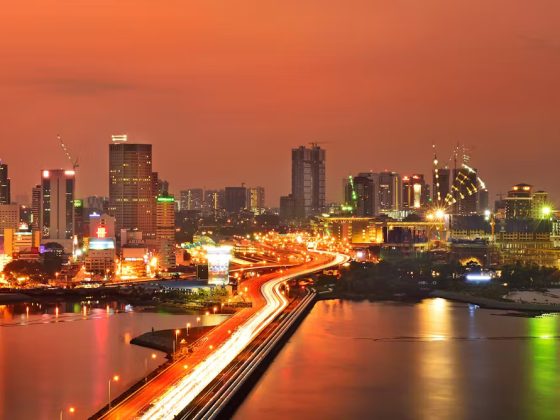The recent years have been witness to various developments in the energy sector. With this, has it ever occurred to you what will be the state of the energy industry in the future?
Multinational consultancy firm Arup discusses this matter in their recent paper, “Energy systems: A view from 2035 What will a future energy market look like?”
Arup used UK in developing a model of transitioning to a low-carbon economy. For each sector in the energy industry, they laid down the decisions prior to 2035 that made the future envisioned possible.
Here, we discuss the key points of the paper.
Electricity
If more nuclear plants become operational by 2020 and paired with other renewables such as solar and wind, the electricity in 2035 will be mostly low-carbon and lightly reliant on fossil fuels.
Decentralized Energy
Electricity systems by 2035 if properly invested upon in the prior years will be decentralized — universities, airports, and other infrastructures will be having their own microgrids, though they will remain connected to the larger national grid.
Distribution networks will become Distribution System Operators (DSO), meaning local networks will be handling their own systems.
Transport
Personal ownership of vehicles will die out in favor of transport-as-a-service (TaaS), which will mostly use electric, plug-in hybrid, or hydrogen-powered vehicles.
The use of petrol and diesel could still be present but they are expected to be used less and less as each year goes by.
Heavy Industry & Natural Gas
Both coal and natural gas will be taking a step back but will still have vital roles in the energy system. Coal and natural gas will remain to be the most reliable sources of energy for industrial processes.
Meanwhile, combined cycle gas turbines (CCGTs) and natural gas networks are some legacy infrastructure expected to remain operational until they are fully used up.
Hydrogen Production
If invested and researched upon, hydrogen production will establish itself as a major industry and an important component of the energy system.
Hydrogen will be coming from methane, using steam methane reformers. Some hydrogen will also be produced from water electrolysis, where water is split into its components: hydrogen and oxygen. Some hydrogen will also be produced with the aid of renewables.
Smart Homes
Smart meters, smart devices and small-scale batteries will be taking over homes, making them smarter than ever before. This will reduce energy consumption, with customers now able to partake in regulating their own consumption.
New properties will become energy-neutral, with them able to import energy and even export energy back to the grid. These properties will become self-sufficient, capable of powering themselves for the year through their energy reserves.
Big changes require bigger efforts
All these developments envisioned by Arup are beautiful. However, these are only possible if leaders are willing to be proactive in investing and innovating on key technologies. Hydrogen production and renewable energy storage are some of the vital tech needed to arrive in this low-carbon state of 2035.
Big changes demand bigger efforts in order to materialize.











